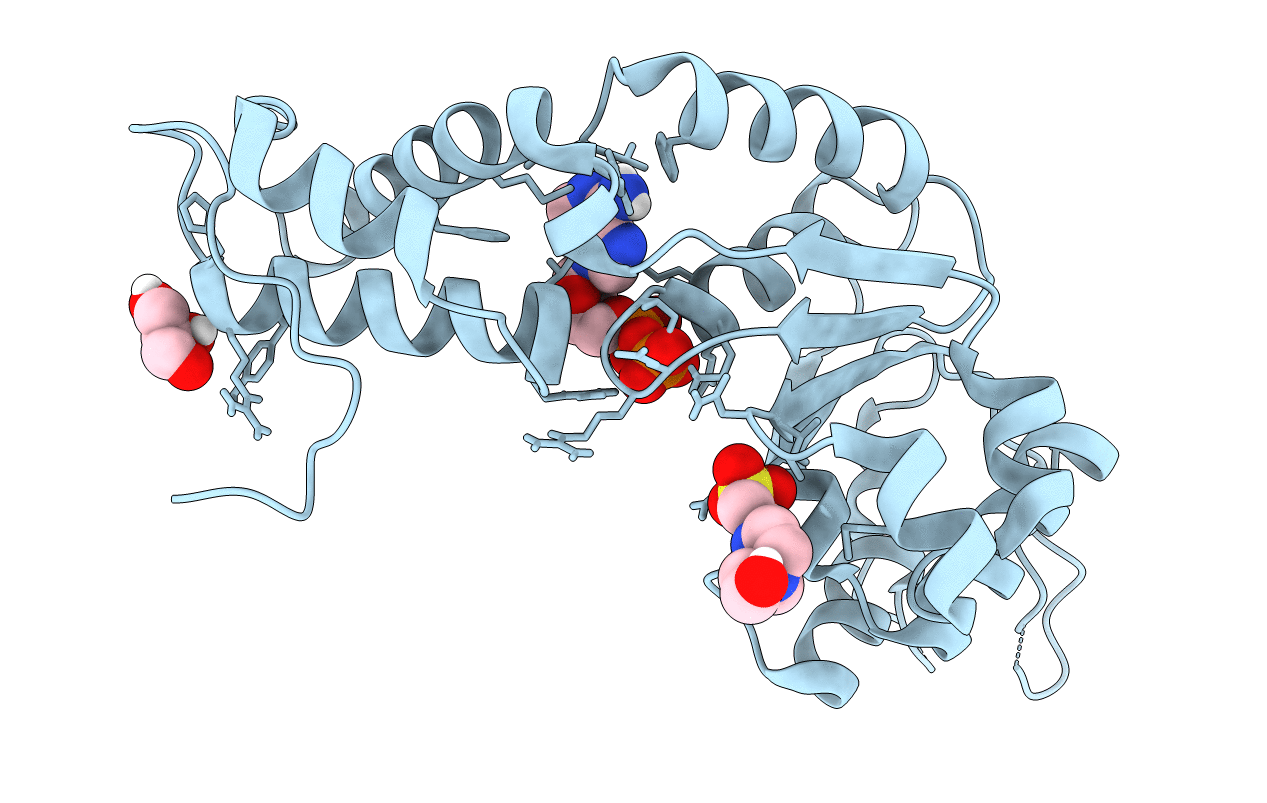
Deposition Date
2014-06-20
Release Date
2014-08-06
Last Version Date
2023-09-20
Entry Detail
PDB ID:
4QOS
Keywords:
Title:
CRYSTAL STRUCTURE OF PSPF(1-265) E108Q MUTANT bound to ADP
Biological Source:
Source Organism:
Escherichia coli (Taxon ID: 83333)
Host Organism:
Method Details:
Experimental Method:
Resolution:
1.42 Å
R-Value Free:
0.19
R-Value Work:
0.17
R-Value Observed:
0.17
Space Group:
P 65


